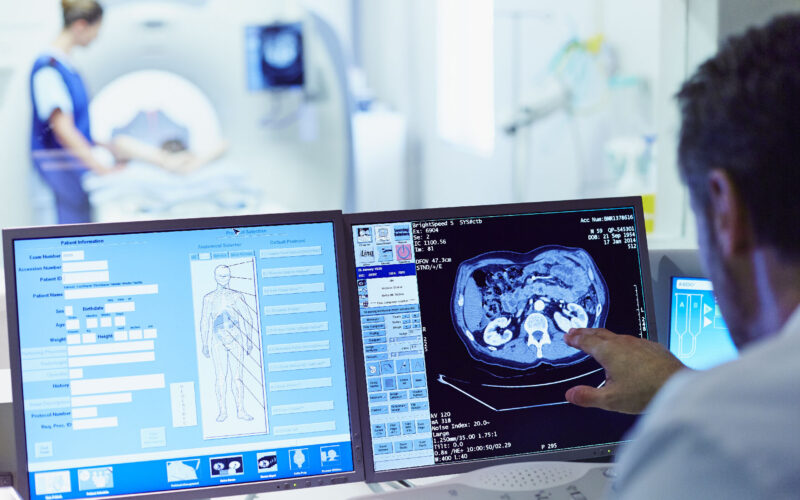Neurophysiology and surgical tailoring in epilepsy
Electrocorticography, SEEG, Seizures
Research aim
Epilepsy is a life-long brain disease affecting 1% of all people plus their surroundings. We will turn epilepsy into a curable disorder by understanding the underlying pathophysiology to improve diagnosis, guide and optimize neurosurgical treatment.
About us
The ‘neurophysiology and surgical tailoring in epilepsy’ group (or: EpiLab) shares a passion to understand brain’s mysteries and offer permanent cure for this otherwise lifelong disease.
We capture epileptic and physiological activity with non-invasive methods: video-EEG, EEG-fMRI, magnetoencephalography, metabolic imaging with MR spectroscopy, quantitative susceptibility mapping and high field imaging and postprocessing.
We use invasive EEG, i.e., stereo-EEG, extra- and intra-operative electrocorticography, to delineate epileptic tissue, characterize the epileptic network and understand semiology and the effect of epilepsy on cognition. Together with Stichting Epilepsie Instellingen Nederland (SEIN) we built a >1200 epilepsy surgeries database. We valorise finding epileptic signals intra-operatively with flexible, high density electrode grids and advanced signal analysis like high-frequency oscillations and machine learning models. We use electrical stimulation to measure the epileptic network and optimize neurostimulation as treatment.
We translate back and forth with preclinical research, including organoids, tissue electrophysiology and computational models of human epileptic brains, which mimic our clinical measurements and test surgical treatment strategies.
Our neurosurgeons test minimally invasive surgical solutions like laser surgery and eye brow incision approach. Outcomes are monitored for long-term follow up, quality of life and cognitive performance.



